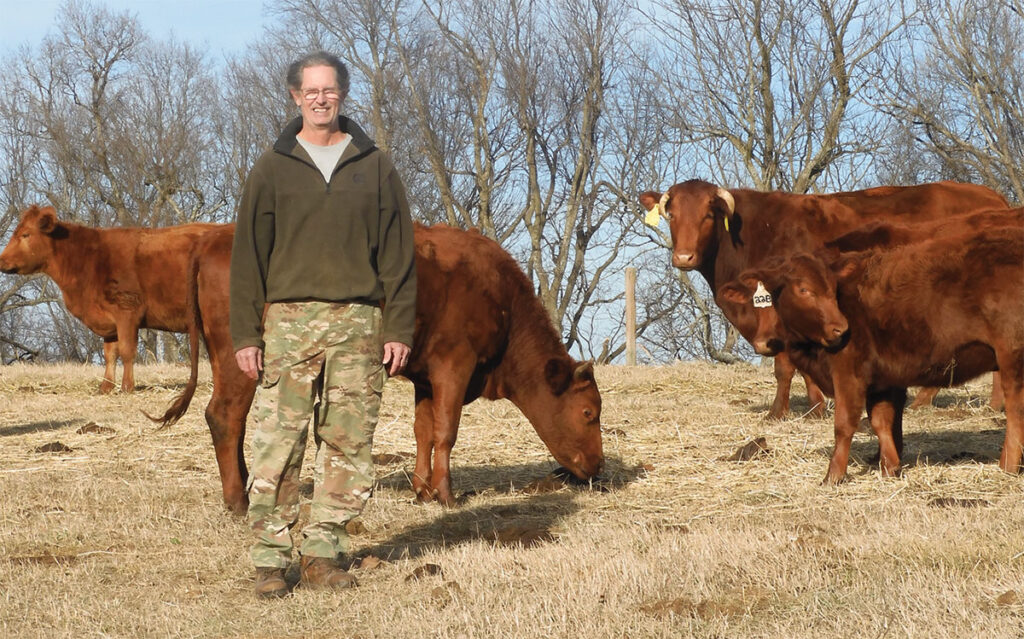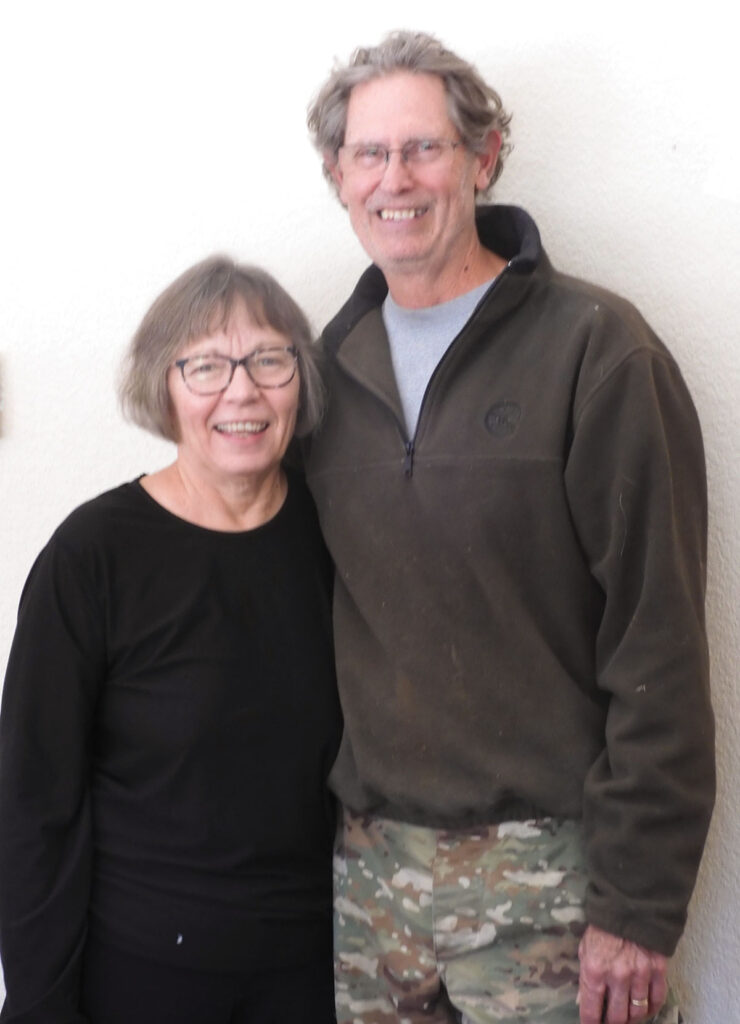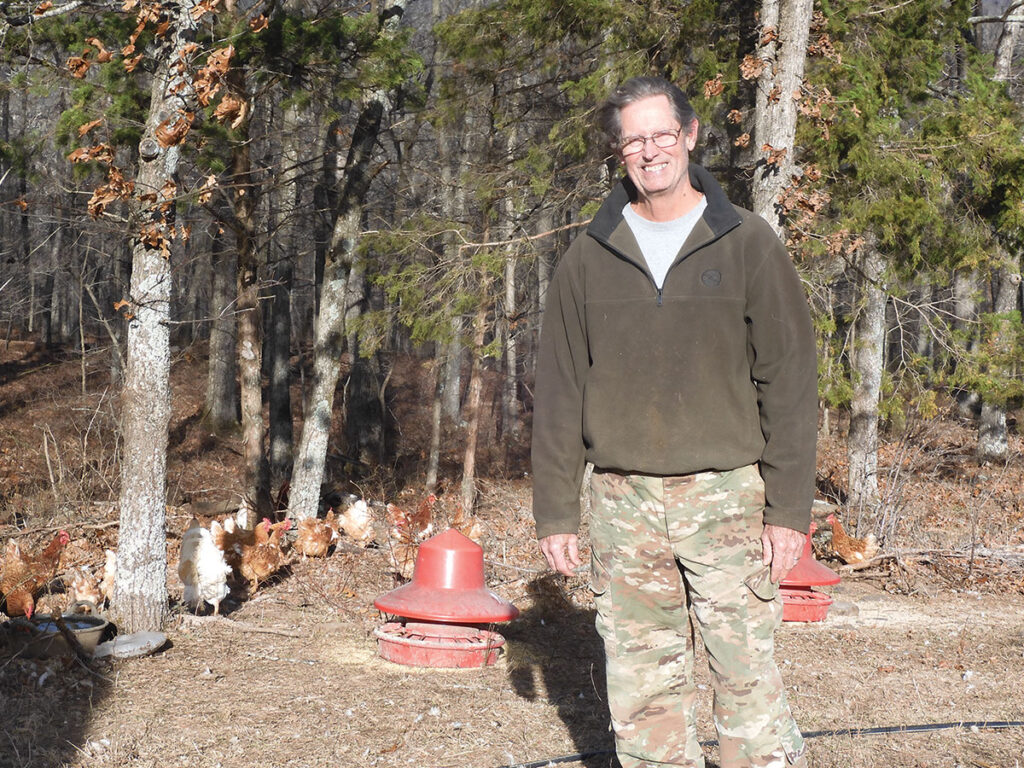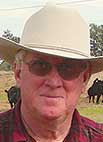
Couple decided their retirement goal was organic agriculture
WEST FORK, ARK. – For Gary Tucker and Sue Clemons, the concept of owning a farm began after Sue purchased heritage pork. The rich flavor reminded her of pork before the mass production era — when pigs were raised as omnivores rather than herbivores.
After determining their retirement goal was agricultural and focused on improving the vitality of the farm as well as their own nutritional health, they wanted to purchase land five to six years before retiring in order to complete infrastructure work before beginning their new life.
“Our first unrealistic idea was completing the infrastructure first,” Gary, who is a retired Wells Fargo financial planner. “We quickly learned farm work is never done.”
Gary and Sue, a retired clinical psychologist, had several criteria for the land. It needed some pasture acreage, access to water and good roads to town, a view and isolation from poultry operations and housing developments.

A year later, the couple, who will celebrate 40 years of marriage in April, purchased 150 acres in rural West Fork, Ark. The big challenge was both were “townies” with minimal exposure to agriculture.
The couple first contacted the heritage pork company and soon became aware of local growers. Next, they toured to learn as much about organic agriculture as they could, which included a three-day workshop from organic expert Joel Salatin in West Virginia, as well as visiting a cattle farm in Virginia and a pre-Civil War Hereford farm in central Missouri. They wanted to develop an integrated system to fit their property and improve the soil through careful animal usage thereby improving animal quality through the nutrition from healthier soil and grasses.
“The most important thing we learned came from Joel Salatin,” Sue said. “He explained that the animals needed to be raised with respect and dignity and with a deep awareness of the uniqueness of each species.”
“That means we raise animals rather than impersonal protein units,” Gary added.
Clemtuck Farm had originally been several separate parcels but previously combined into one. Though rural water is the primary water source, the land has one spring-fed pond, as well as two others that are used infrequently. The original 35 acres of open pasture is in the process of being augmented by another 35 under development, but with trees to provide shade while allowing sunlight to reach the grass.
“We produce non-certified organic foods: pasture-raised and finished beef, chicken and eggs,” Gary said. “We sell to our customer base on the Interstate 49 corridor by word-of-mouth and through on our website.”
Farm production includes an annual sales of 1,250 Cornish Cross chickens raised during a nine-month period. After three weeks in a brooder house, each batch of 250 chicks is divided into groups of 50 housed in floorless shelters moved by hand daily to a new 10-by-12 foot patch of grass, where they eat what bugs they can catch, and organic feed. The process leaves behind a newly-fertilized patch for stronger future grass growth.
Eggs come from 120 Red Sex Linked, free-range layers whose egg flavor is enhanced by bugs, seeds and grass in addition to their own ration of organic feed. Each night they return to two hen-houses-on-wheels, a converted camper and repurposed hay wagon. Despite three Pyrenees guard dogs, those hens who stray too far sometimes don’t return. Because the layers are free range, their roosts are moved weekly to allow the footprint from the previous week to recover.
Each chicken species has a different organic feeding ration from the same producer in Moran, Kan. The layers require less energy and therefore have a lower protein ration, while the meat birds have a higher protein ration since building muscle requires more protein. Gary prefers taking five, six-hour trips a year to purchase feed rather than going anyplace else because that business will sack the rations separately in 50-pound bags. Although his organic ration costs twice as much as the non-GMO ration, the advantages are something he and his customers are willing to pay for.

Clemtuck’s original organic cattle herd came from Ron Morrow and Anne Wells, locally-based experts who have been developing an exclusively grass-raised and finished herd longer than anyone in the area. Clemtuck Farm, therefore, has a mixed breed herd made up of predominantly Red Angus females bred by a South Poll bull — a four-way cross of Hereford, Senepol, Gelbvieh for milk production and Barzona for hardiness and adaptability. The South Poll influence provides good disposition and tenderness to the off spring.
The current herd at Clemtuck has 15 cows. Wanting a smaller frame and more aggressive grazers, they have incorporated a half Beefmaster and half Mashona, an African breed that contributes those characteristics as well as a higher fertility rate and some natural fly resistance, bull into the herd. They also purchased three heifers from same herd. The resulting smaller frame allows for more efficient land usage so the cattle use a more confined grazing area and are moved at least daily and sometimes twice a day, except during winter, a system that promotes natural blade and root growth. During the previous winter, however, the cattle stayed in one pasture where they were fed locally-purchased hay.
A hoped for but nonetheless surprising result of wintering the cattle in one pasture and supplementing by rolling out 150 bales of hay not only improved soil nutrition but also the flavor of the meat, something noticed without solicitation by customers. The cattle do not consume all the hay, and compress some into the soil while also adding manure. Further, hay contains some seeds with the land containing other dormant ones. Many seeds sprouted that next spring so that pasture now has traces of Johnsongrass, plantain, bluestem, Bahia, purple top and crabgrass, something Ron and Anne strongly suggest for grass-fed and finished herds. They are hopeful the trend will continue to expose more species this coming spring.
“Flies continue to be a problem,” Gary explained. “We handle the issue by repurposing old 5-foot tanks and covering the outsides with fly paper that we change out as frequently as twice a day during peak fly season.
Clemtuck Farm is not seeking to expand its business, but rather to continue to improve the quality of their products. To that end, future plans include the previously mentioned pasture expansion, as well as continuing to use the unrolling hayed technique on different pastures each winter. They are also planning to add pigs to the farm for personal use.
“We are doing what we want for us, for the lifestyle we want to live and for the people we want to serve” Gary explained. “Our daughter Kristina and her husband live in the Boston area with our grandson Julian. They are total urbanites and have chosen their lifestyle just as we have chosen ours.”







